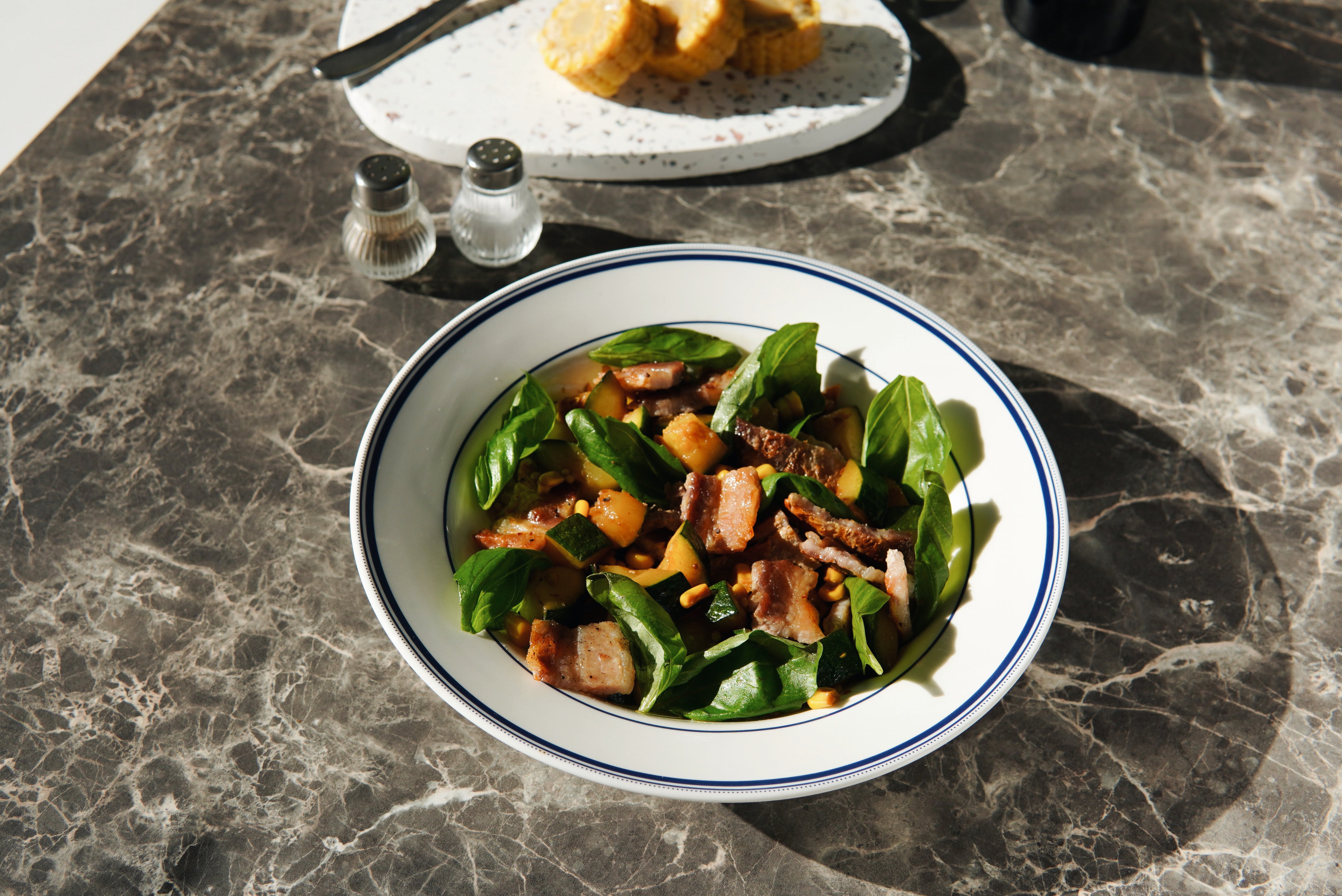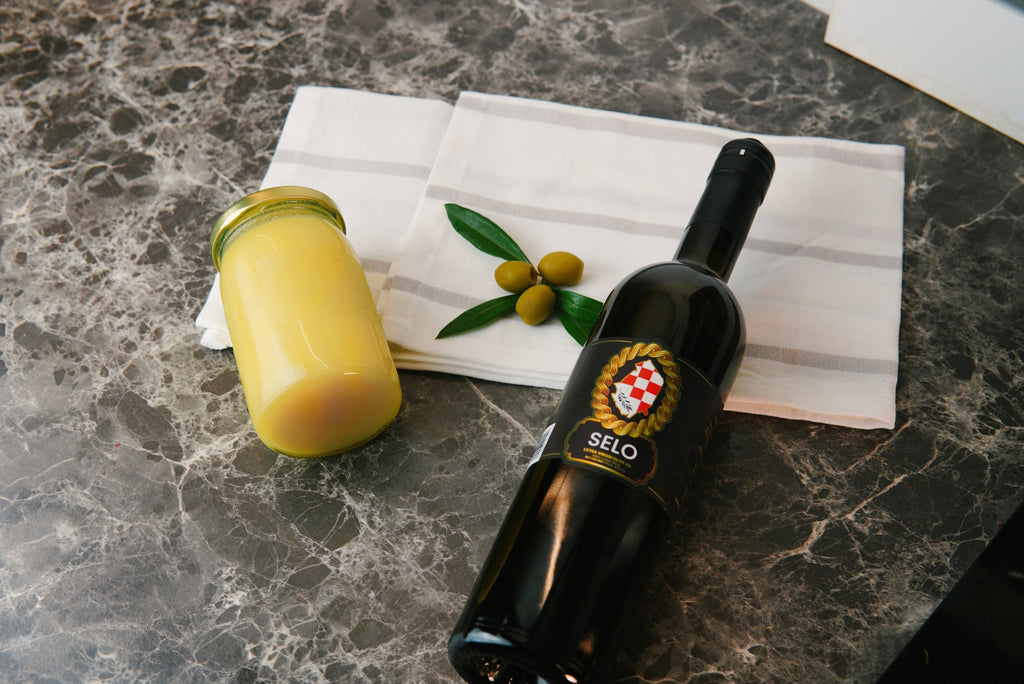Two significant players dominate the culinary world of cooking fats - olive oil, the heart of Mediterranean cuisine, and beef tallow, a traditional staple in countless cultures. Yet, not all fats are created equal. As health-conscious consumers, it's crucial to understand the benefits and potential concerns tied to these vital kitchen staples. This article dives deep into olive oil and beef tallow, comparing them from a nutritional perspective. We'll be exploring their profiles in terms of linoleic acid content and ORAC values, providing you with comprehensive insight to make informed dietary decisions.
Understanding Fats: Saturated vs Monounsaturated
Saturated Fats
Let's start with saturated fats. As the name suggests, these fats are "saturated" with hydrogen molecules and are typically solid at room temperature. Some of its common sources include animal-derived products like beef and butter, as well as plant-derived sources such as coconut oil.
Saturated fats were once villainized in the health community due to their potential link to heart disease. However, recent research has started to challenge this view, suggesting that not all saturated fats are created equal. For instance, while excessive intake of certain types of saturated fats may indeed pose health risks, others might not have the same effect. The key lies in moderation and a balanced diet.
Monounsaturated Fats
On the other hand, we have monounsaturated fats. Unlike their saturated counterparts, these fats are liquid at room temperature and solidify when chilled. They are predominantly found in plant-based foods and oils, one of which is olive oil.
Monounsaturated fats are generally considered heart-friendly. They help reduce levels of low-density lipoprotein (LDL), often referred to as 'bad cholesterol', hence contributing to cardiovascular health.
To dive deeper into how olive oil fits into your daily nutrition needs, check out this article. If you're interested in how olive oil stacks up against other oils like sunflower or grapeseed oil, this comparison and this guide can be helpful resources.
In essence, both saturated and monounsaturated fats have a place in our diet. It's not about completely avoiding one or the other but about understanding their properties and incorporating them wisely into our culinary choices. Up next is an exploration of linoleic acid content in olive oil – an interesting twist to the tale!

Linoleic Acid in Olive Oil: A Double-Edged Sword?
Linoleic Acid and Omega-3 Balance
What exactly is linoleic acid?
Linoleic acid is an omega-6 fatty acid, one of the polyunsaturated fats we need for various body functions, such as skin and hair growth, bone health, and metabolism regulation. As with all things in life, balance is key. The same principle applies to our consumption of linoleic acid.
While we need this omega-6 fatty acid, it's crucial to balance its consumption with omega-3s. Why so? These two types of fats compete in our bodies for the same enzymes - the proteins that trigger chemical reactions. So, when our diet tilts heavily towards omega-6 fats (like linoleic acid), it can potentially leave less room for omega-3s.
Why should we care about the balance between omega-6 and omega-3?
Omega-3 fatty acids are known powerhouses - they play a critical role in brain function and growth, and they also have anti-inflammatory properties. Imbalance between these two types of fats can tip us towards a state of chronic inflammation, which is linked to several health issues like heart disease and arthritis.
Does olive oil tip this delicate balance?
Olive oil does contain linoleic acid, especially the more refined versions. But don't start ditching your beloved bottle just yet! While it's essential to be aware of the linoleic acid content if you're planning to make olive oil a primary fat source in your diet, its content isn't alarmingly high. In other words, incorporating olive oil into a balanced diet isn't likely to tip your omega-6 to omega-3 ratio off balance.
In our exploration of olive oil versus beef tallow, it's worth noting this facet of olive oil's nutritional profile. But there's more to consider when picking out your cooking fat of choice... Let's dive into another key factor - the antioxidant capacity.
Linoleic Acid Content in Olive Oil
Dipping into the world of olive oil, we find linoleic acid playing a significant role. This omega-6 fatty acid finds residence in the golden slickness of this popular cooking oil. But is the content cause for concern? Not quite. The presence of linoleic acid in olive oil is notable but not excessively high. Balance remains key. By pairing olive oil with foods rich in omega-3s, you can maintain an equilibrium that supports your health rather than undermining it.

The Power of ORAC: Measuring Antioxidant Potency
In the hustle and bustle of health circles, you might have come across a term that sounds more like a superpower than a scientific measurement - ORAC. Let's unravel this superhero of nutritional science!
ORAC and Antioxidant Capacity
ORAC, standing for Oxygen Radical Absorption Capacity, is a metric used to gauge the antioxidant capacity of different foods. This might sound technical, but here's a simple way to understand it. Think of ORAC as a scorecard, with the term "µmol Trolox Equivalent/100 g" being the unit of measurement on that scorecard. Trolox, a derivative of vitamin E, is like the "gold standard" of protection. If, for example, an oil has an ORAC value of 500 µmol Trolox Equivalent/100 g, it means that 100 grams of that oil can fend off free radicals as effectively as 500 micromoles of Trolox.
But why is this measurement significant? Well, antioxidants are akin to our body's knights in shining armor, fending off the harmful free radicals that can wage war on our cells.
Imagine free radicals as tiny invaders, causing chaos and destruction. Antioxidants are the noble defenders, neutralizing these harmful intruders and preventing damage to our cells. This never-ending battle occurs continuously within our bodies, and maintaining a balanced army of antioxidants is crucial to ensure the good guys prevail.
Both olive oil and beef tallow have their unique antioxidant capacities, measurable through their ORAC values. While some might focus purely on flavor when picking their preferred cooking fat, these numbers provide a window into how each oil or fat can aid your body's defense system against free radicals.
So next time you're debating between olive oil or beef tallow for your culinary masterpiece, remember that you're not just adding flavor; you're fortifying your body's defenses with every drop!
The Linox Ratio: Linoleic Acid as a Fraction of ORAC
Shifting focus to the linox ratio, it's intriguing to see how these two elements interact within various cooking oils. This ratio paints a more comprehensive picture, weaving the narratives of linoleic acid and antioxidant capacity together.
Let's take a glance at the table below:
| Cooking Oil | Linoleic Acid (as a fraction) | ORAC Value (µmol Trolox Equivalent/100 g) | Linox Ratio (Linoleic/ORAC) |
|---|---|---|---|
| Corn Oil | 0.59 | 350 | 0.0017 |
| Sunflower Oil | 0.50 | 400 | 0.0012 |
| Soybean Oil | 0.55 | 550 | 0.0010 |
| Canola Oil | 0.20 | 500 | 0.0004 |
| Beef Tallow | 0.03 | 100 | 0.0003 |
| Olive Oil | 0.10 | 800 | 0.0001 |
| Coconut Oil | 0.02 | 300 | 0.00007 |
Comparison of Linoleic Acid and ORAC Values in Popular Cooking Oils: This table presents the ratio of linoleic acid to the ORAC value for several common oils. Generally, a lower ORAC value (in green) indicates a healthier cooking oil, emphasizing the balance between fatty acid content and antioxidant capacity. While beef tallow little to no linoleic acid content, it doesn't have nearly as much antioxidant capacity as olive oil or coconut oil.

Experience the Taste of Croatia's Finest Olive Oil
Both olive oil and beef tallow offer unique flavors and health benefits that elevate the art of cooking. Olive oil dances around the palate with its rich polyphenol content, boasting an impressive ORAC score. Beef tallow, though lower in ORAC value, shines with minimal linoleic acid content.
The question isn’t which is a superior cooking fat but rather how each can be employed for nutritional benefit. Balance is key - considering not just the types of fats but also their linoleic acid content and antioxidant capacity.
By understanding these oils' nutritional profiles, informed culinary choices become a simple task. So whether it's sautéing veggies in olive oil or roasting potatoes in beef tallow – let your kitchen be a playground for exploring these diverse fats.

